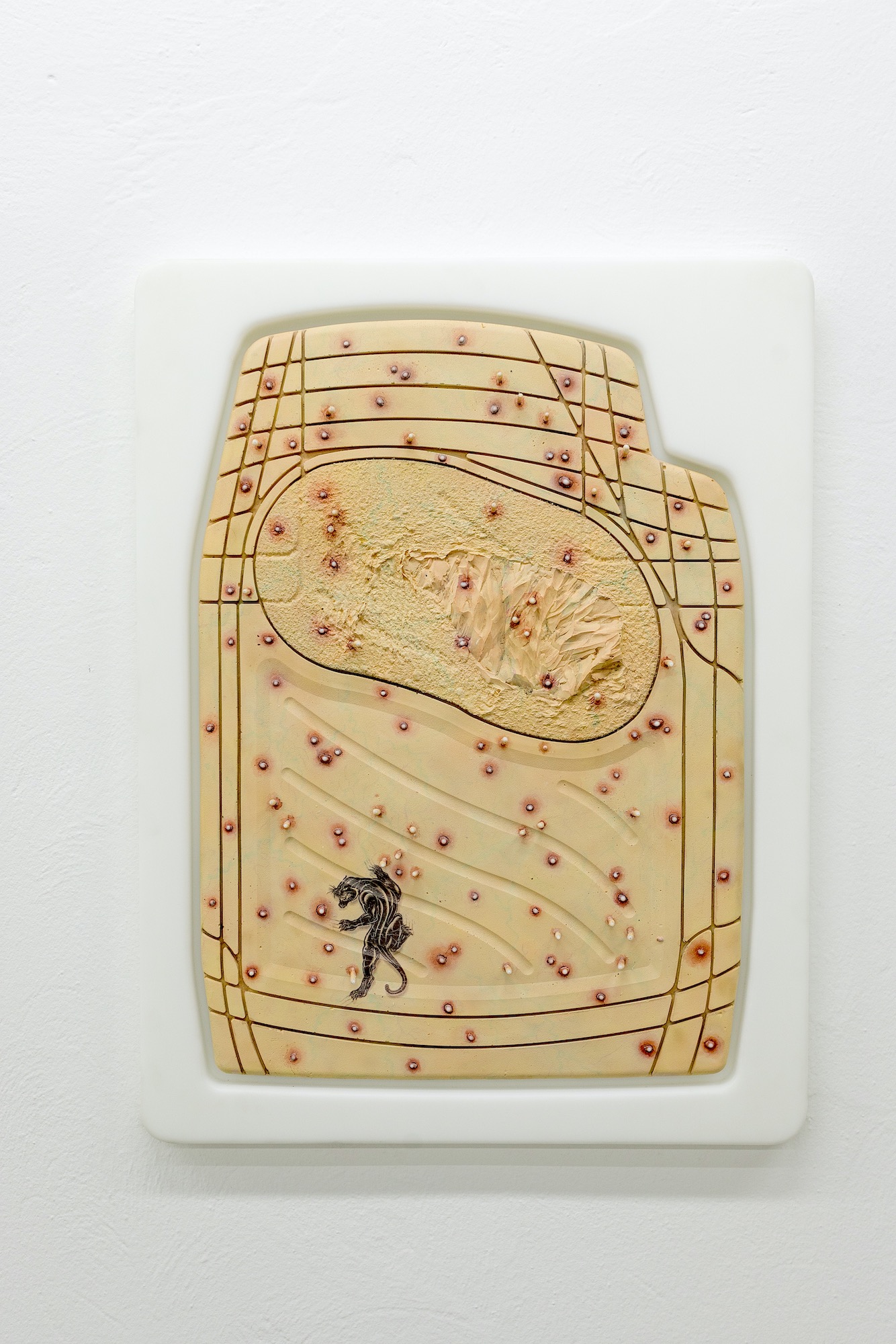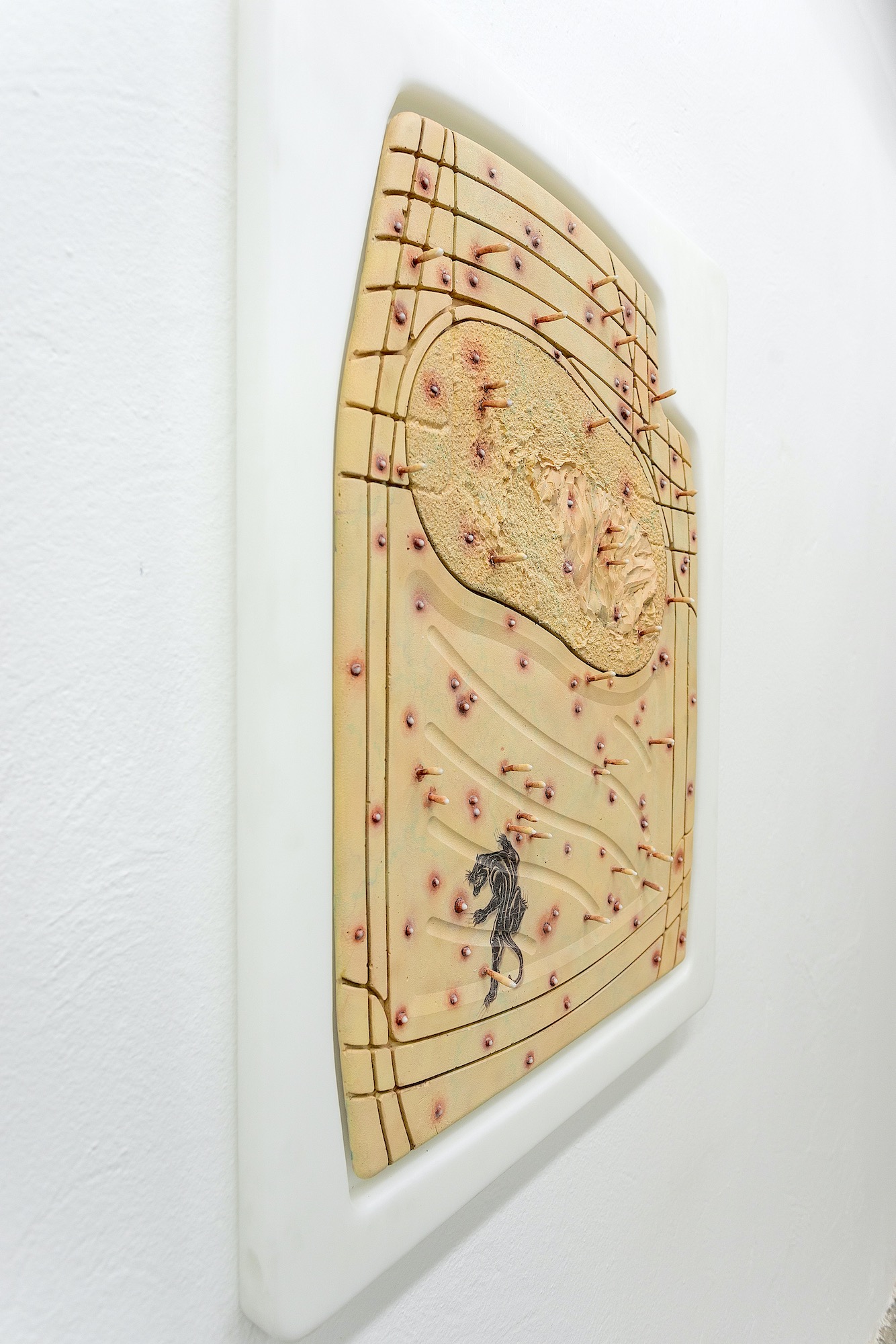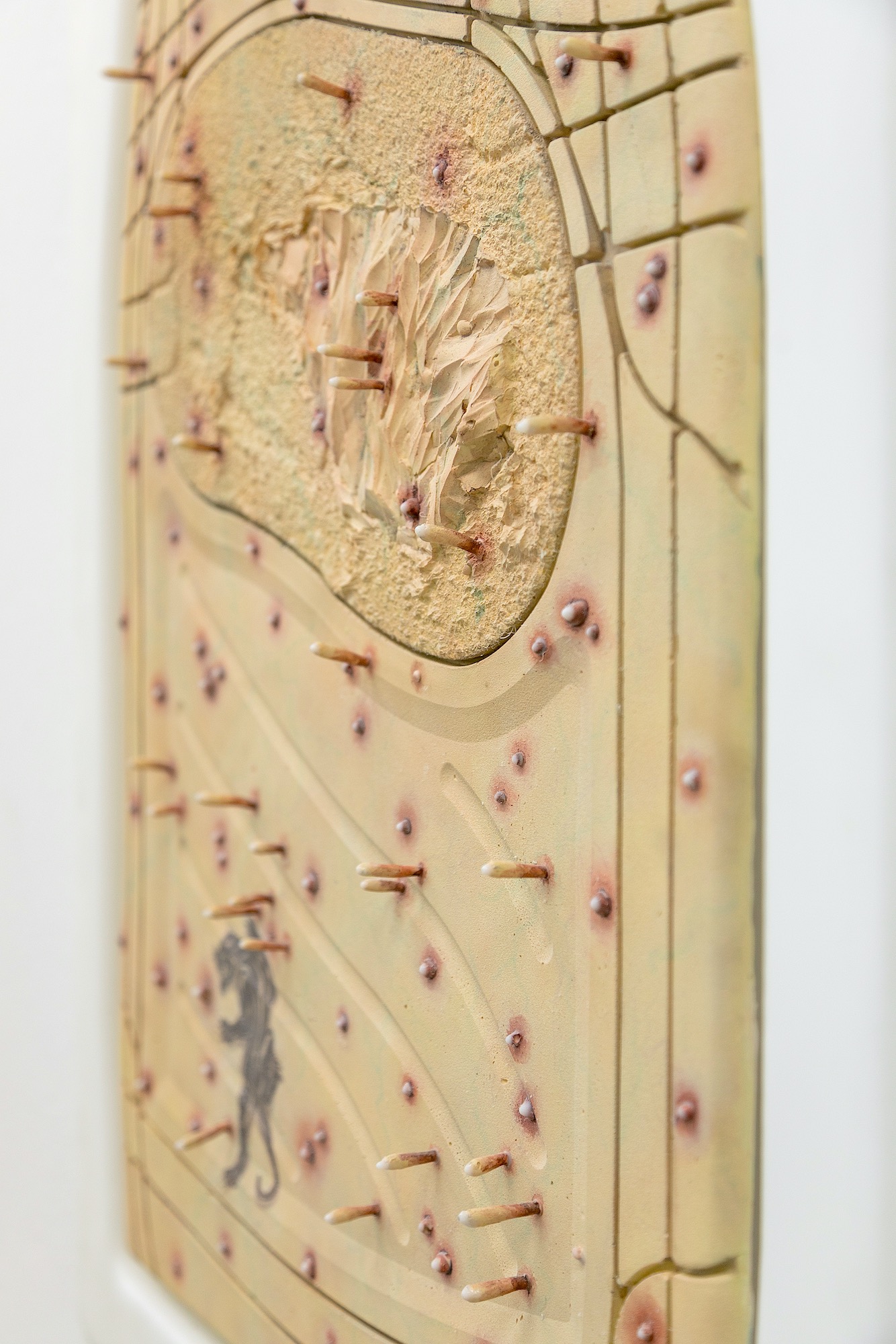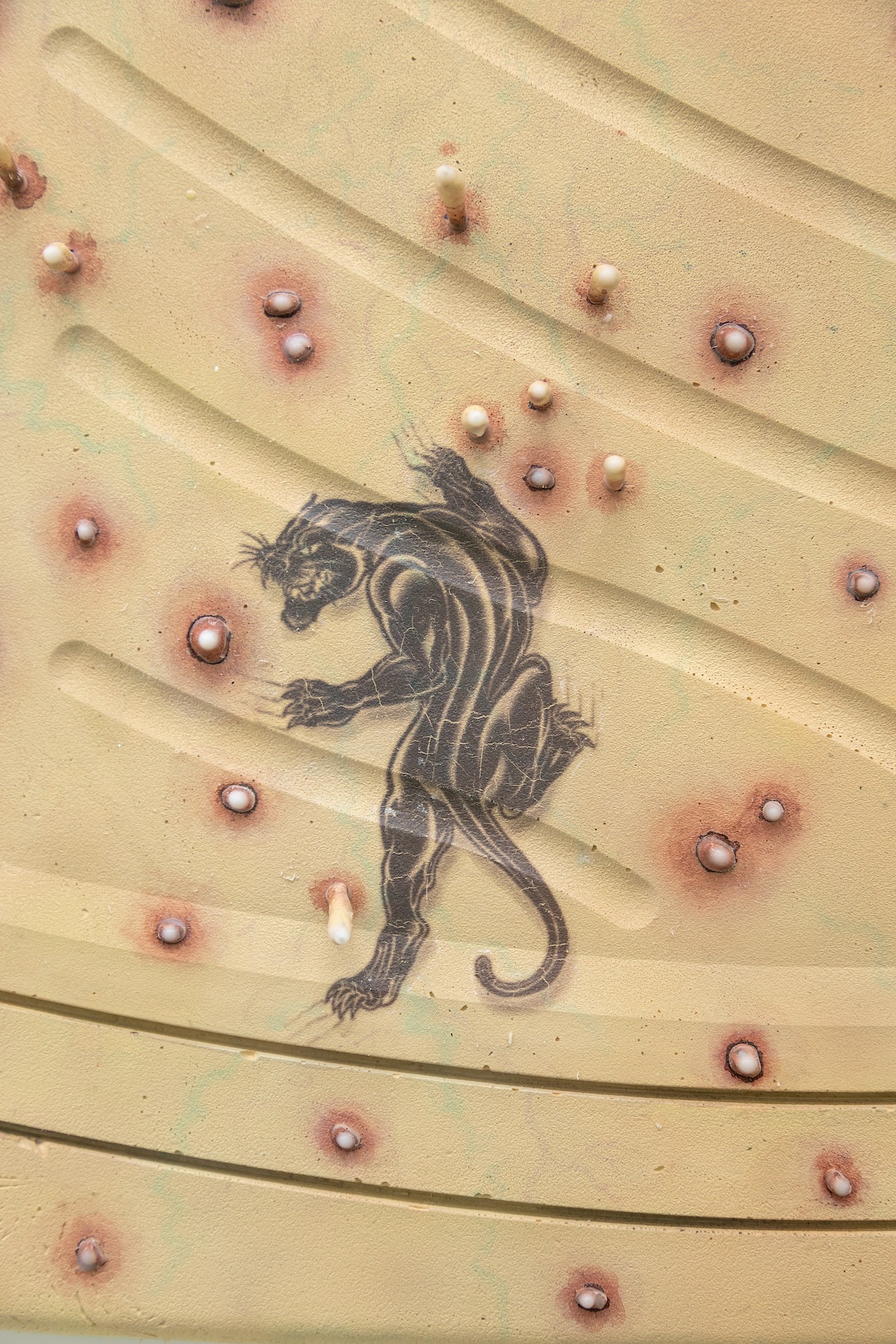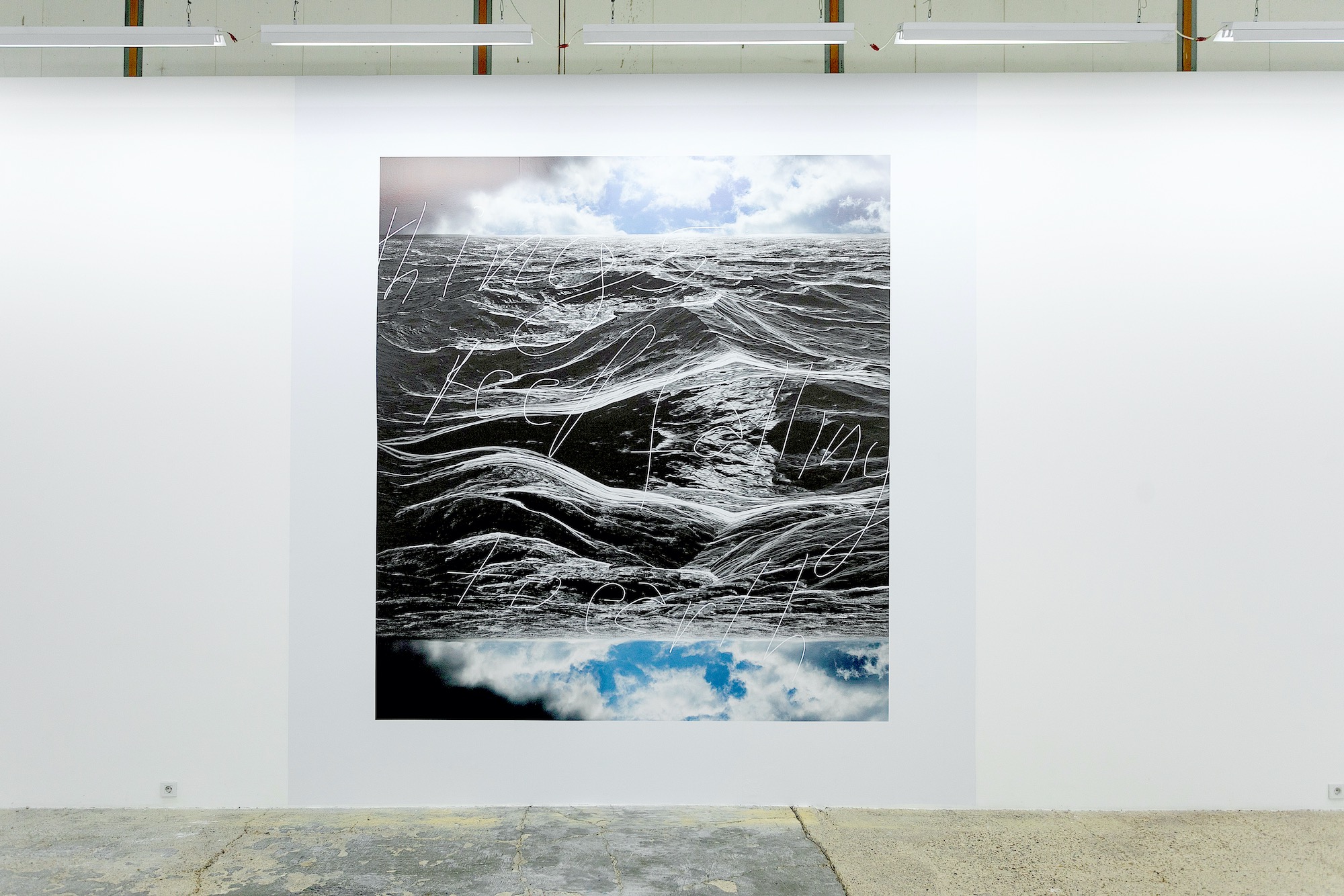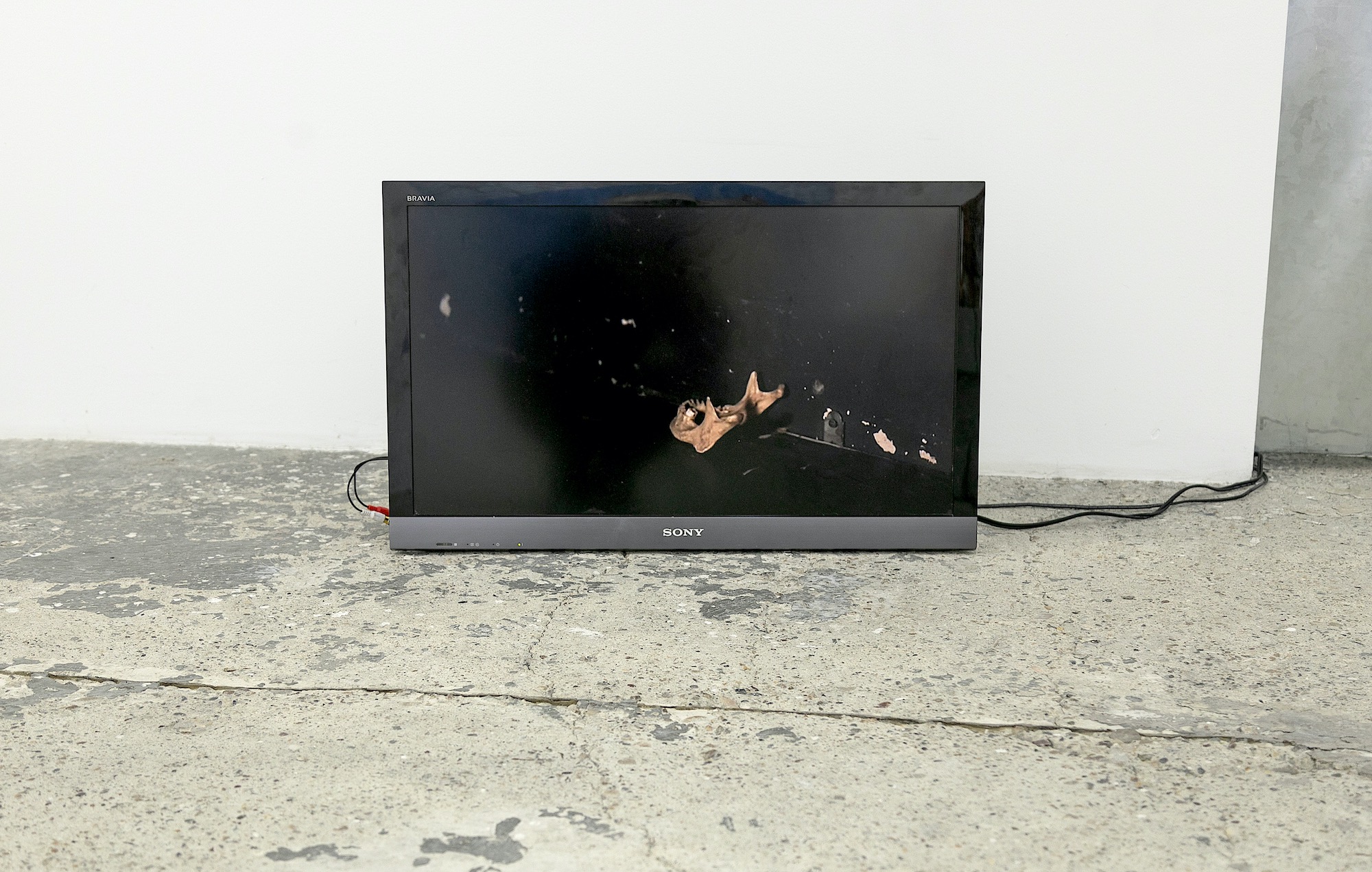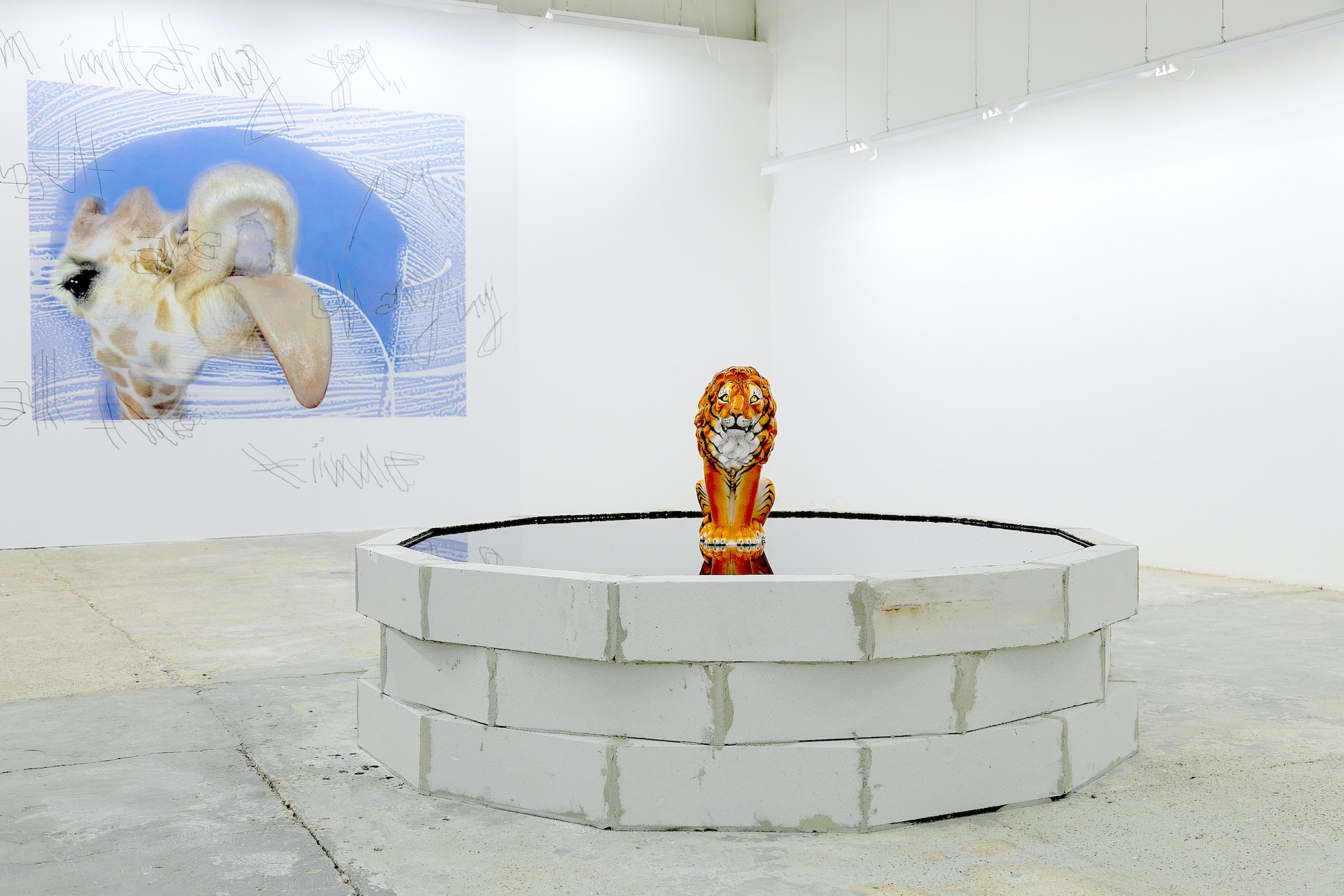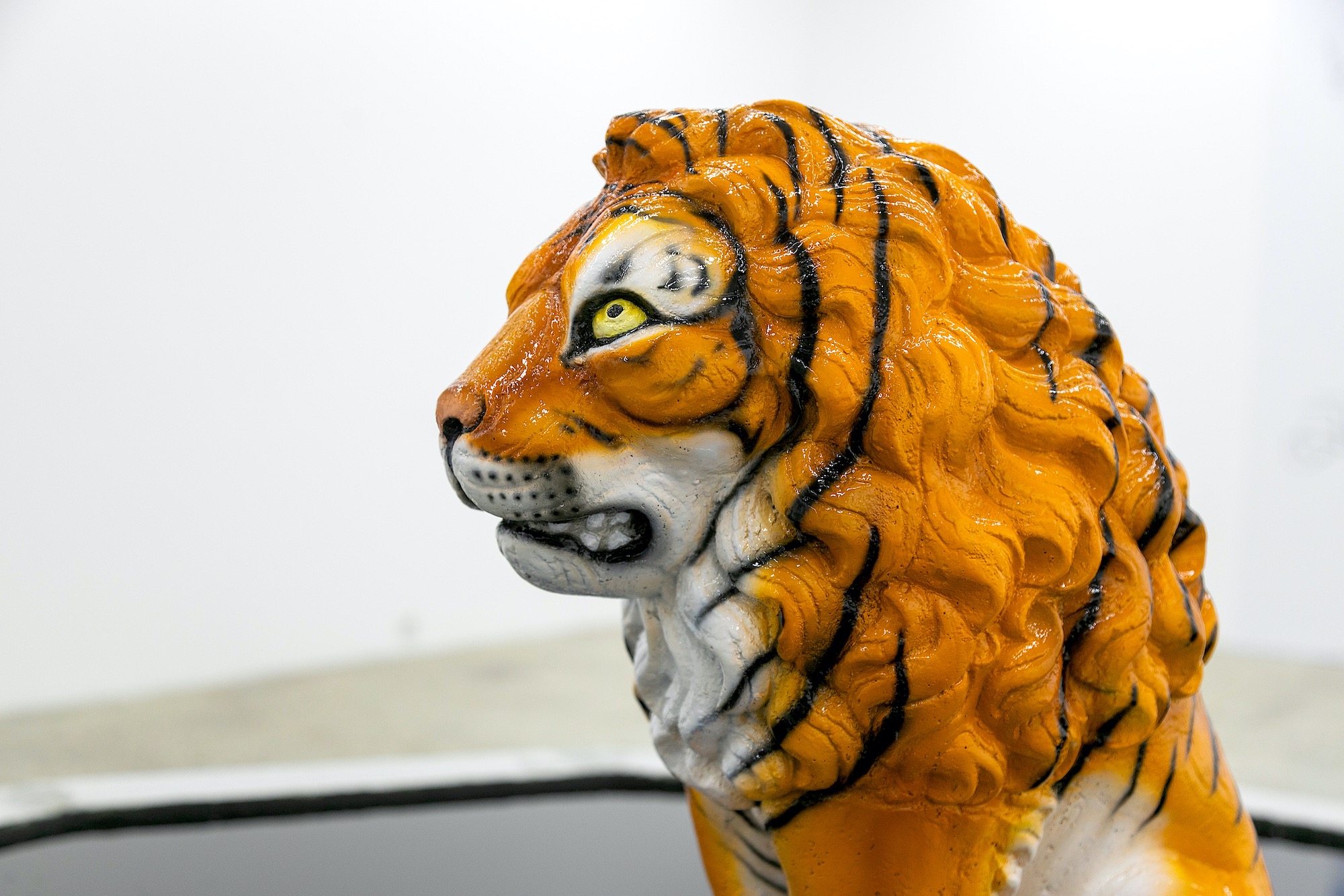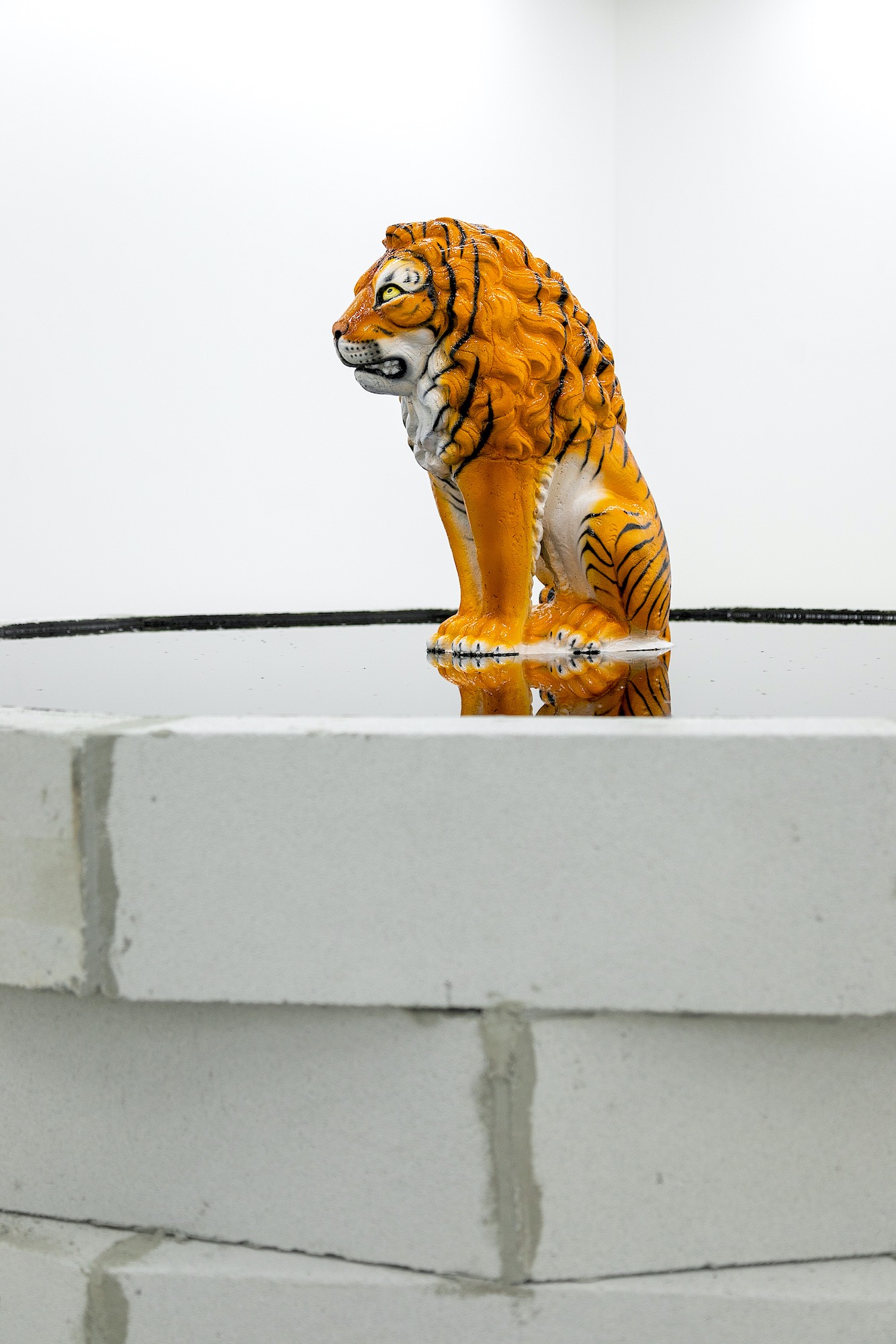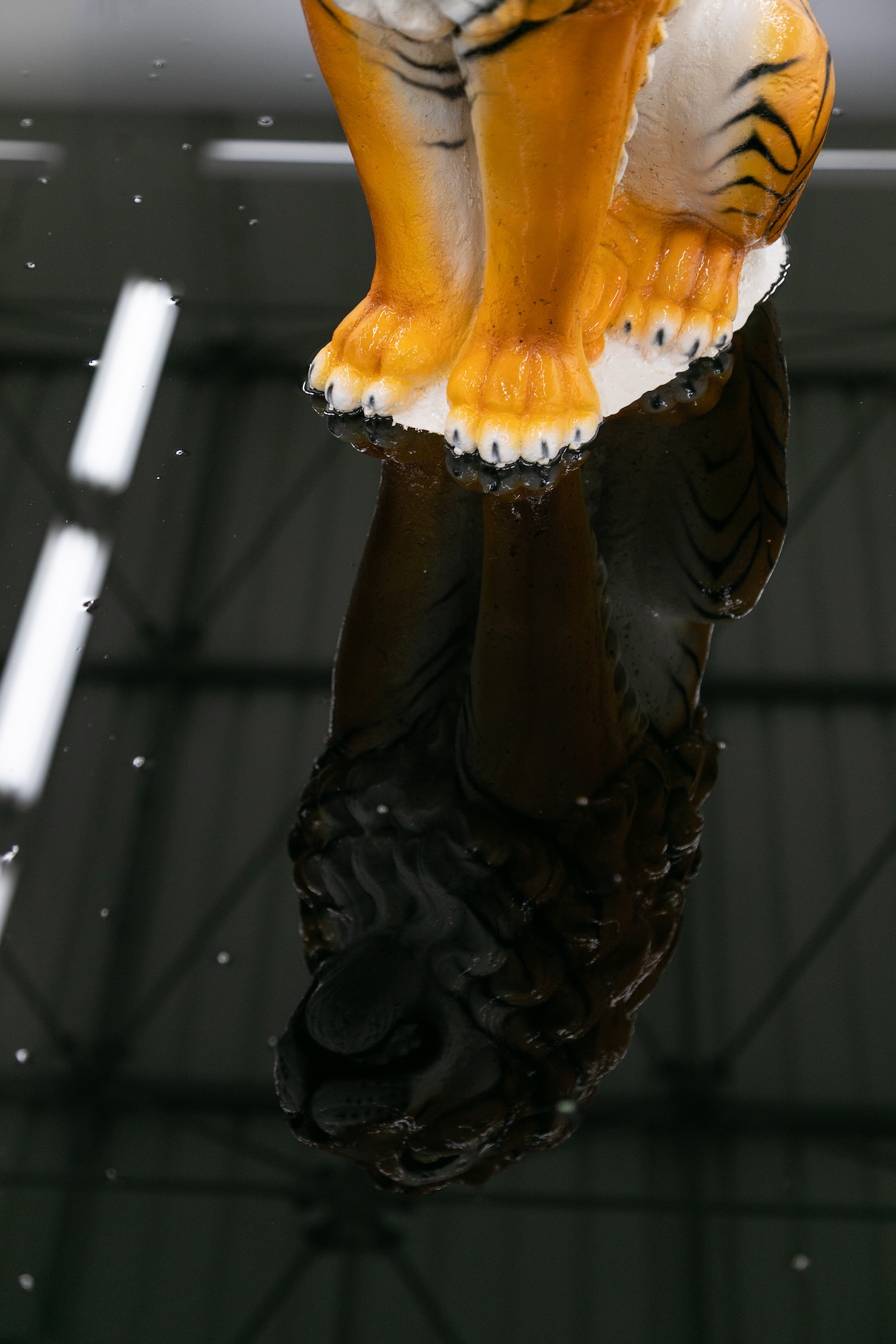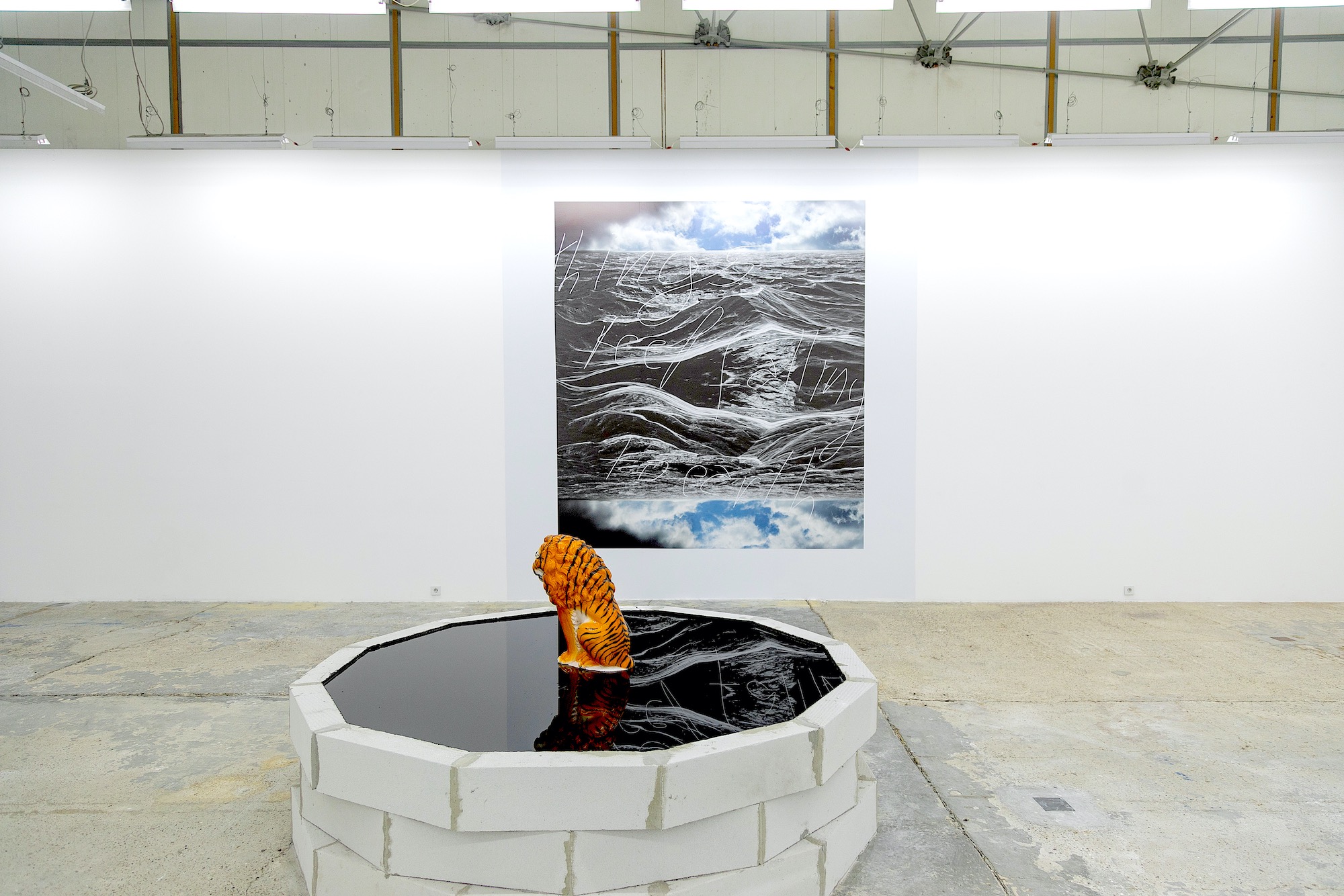Artists: Flaka Haliti, Saša Tkačenko, Bojan Šarčević
Title: Predatory
Venue: Eugster|| Belgrade
Curator: Natalija Paunić,with additional text by Mira Gaćina
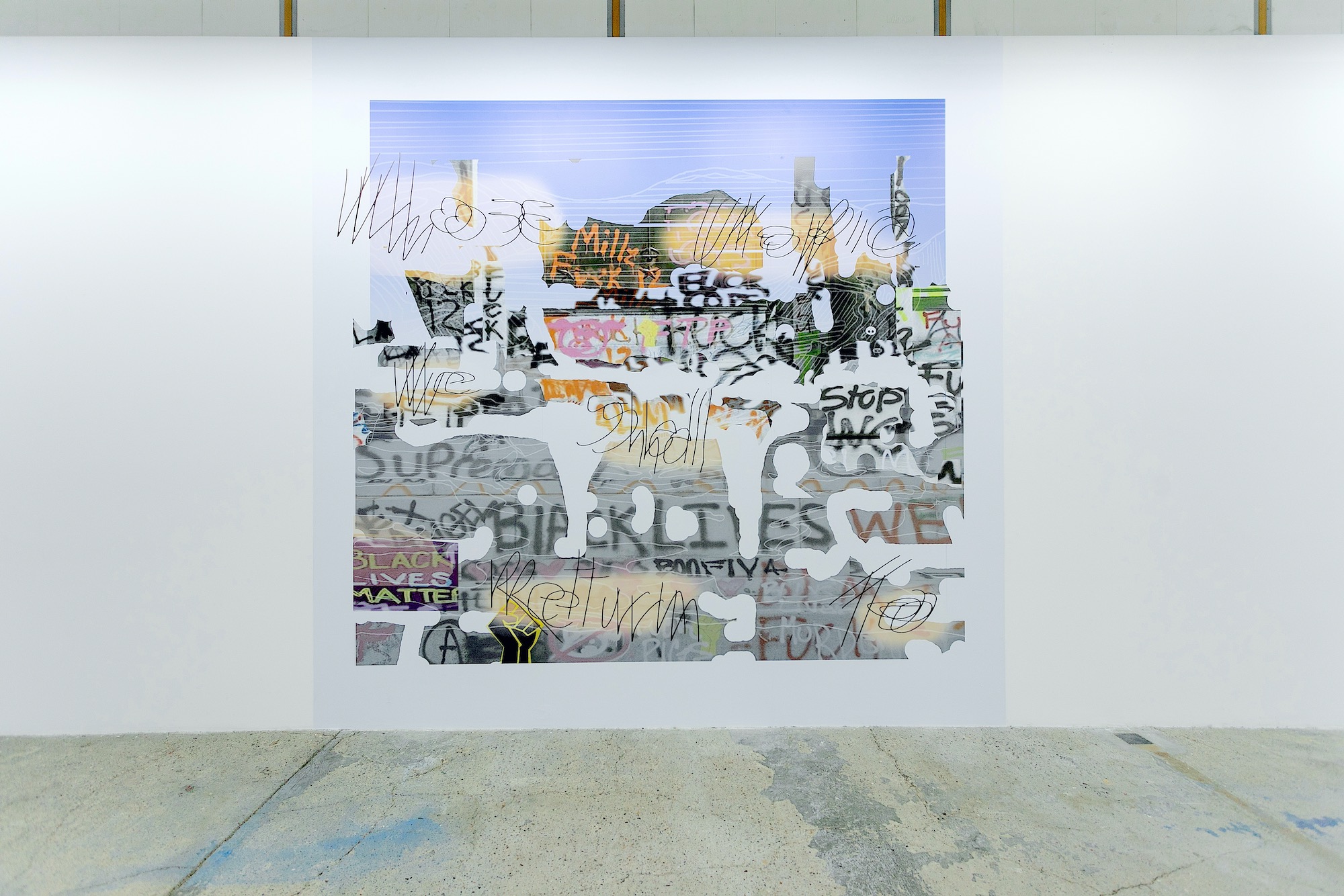
With its title, the show at Eugster || Belgrade points to a key question of our time, zooming in on the role of the Predator, the supposed peak of the food chain. Can we simply identify our current relationship to our surroundings as “predatory”; have we transcended from a consumer society into a predatory one? If the governing inner drive of the predator is hunger, what hunger drives us toward such a steep social divide?
The climate crisis fills us with guilt and leaves us dreading the impending doom, our main crime being our predatory relationship to our own surroundings and its equilibrium.
The artists from our region appear to be equally distressed by these global threats. The last decade in The Balkans has witnessed a new generation with a sensibility forged in the circumstances which shaped it. While the international scene is already familiar with Flaka Haliti and Bojan Šarčević , it has yet to learn about Sasha Tkachenko.
Haliti’s interest in the climate collapse is a recognizable thread through her artistic work. Once more, she successfully and skillfully applies graphic interventions as a reflection of her excitement faced with the dark self-projection in the eco-environment. The text written over the posters is trembling, unsure, highlighting the concern it expresses. The directness of the message “things keep falling to earth” is superimposed over an image depicting the planet not as a stable entity, but as a restless ocean in which clouds vanish and rise up from. The duality of the depictions, the endless recurrence, foreshadows our inability to exit the vicious cycle, the ideological labyrinths we fall into. This is the starting point of Haliti’s question “whose utopia we shall return to?”, a statement written over a background of enraged graffiti in derelict urbanity: fuck, stop, black lives matter. The frustration from the anthropocentrism, which regards humanity as an entity separate from and superior to nature, where all other entities are simply resources to extract from, is layered over a close up of a giraffe with its tongue out: “I’m imitating you but you are changing all the time”.
Bojan Šarčević maintains and deepens his interest in profound intimacy, showing skin as a boundary between the organism and its environment, as something which protects from an outside invasion, from pathogens or a physical assault, but also prevents the outward distribution of one’s own resources. Continuing to express himself using pink tones which resemble skin, the author creates a shallow relief of dual emotions, both erotic and chilling, aroused by the mutation implied by the irregularly arranged nipples, an immune response of a body under attack, with wrinkled skin, further tattooed with one of the most common motifs, the crouching panther whose paws leave a mark. The carefully structured relief leads us to dwell on the complexity of the wanted and unwanted inner shifts, the unconscious desire and fears.
Keeping up with the visual language he has developed through his work, strongly anchored in the aesthetics of contemporary digital culture, Sasha Tkachenko’s work was produced specifically for this exhibition. He places his predatory symbol, a hybrid of a lion and tiger, in a filthy liquid where its fiery nature is visibly extinguished. His expression delivers a punch – combining familiar association of the behavior of contemporary humans and the grimy and polluted discharge of consumer society, waste.
For three years now humanity, the supposed peak predator, ironically, is experiencing the role of prey; being the only species preyed upon by a representative of the micro-world. The uncertainty that we have faced through this role has challenged our approach in interacting with our environment.
The presented works are, therefore, a manifestation of our own experience of ourselves, what exactly do we recognize as the essence of the term humanitas? In one of his writings from the 20th century, Panofsky distinguishes between long historical periods of observing and assessing humanity (the role and place of the human). The antique period accentuates the contrast between the human and what is seen as lesser – the animal, the medieval comparison follows the line of our limits in contrast to the divine. Between the renaissance and the modern era, the point of self-observation moves, while today, amid the poliphony of postmodernism, confused and exhausted by the social system in which we create, we are searching for a new approach.
The exhibition opens the question to what extent are our conversations about the anthropocene justifiable, now that we have reached a consensus about the threats caused by the changes we have conjured? The emerging objective observer must accept that their role is not central, and try to formulate better questions, when truthful answers are hard to find.
Mira Gaćina
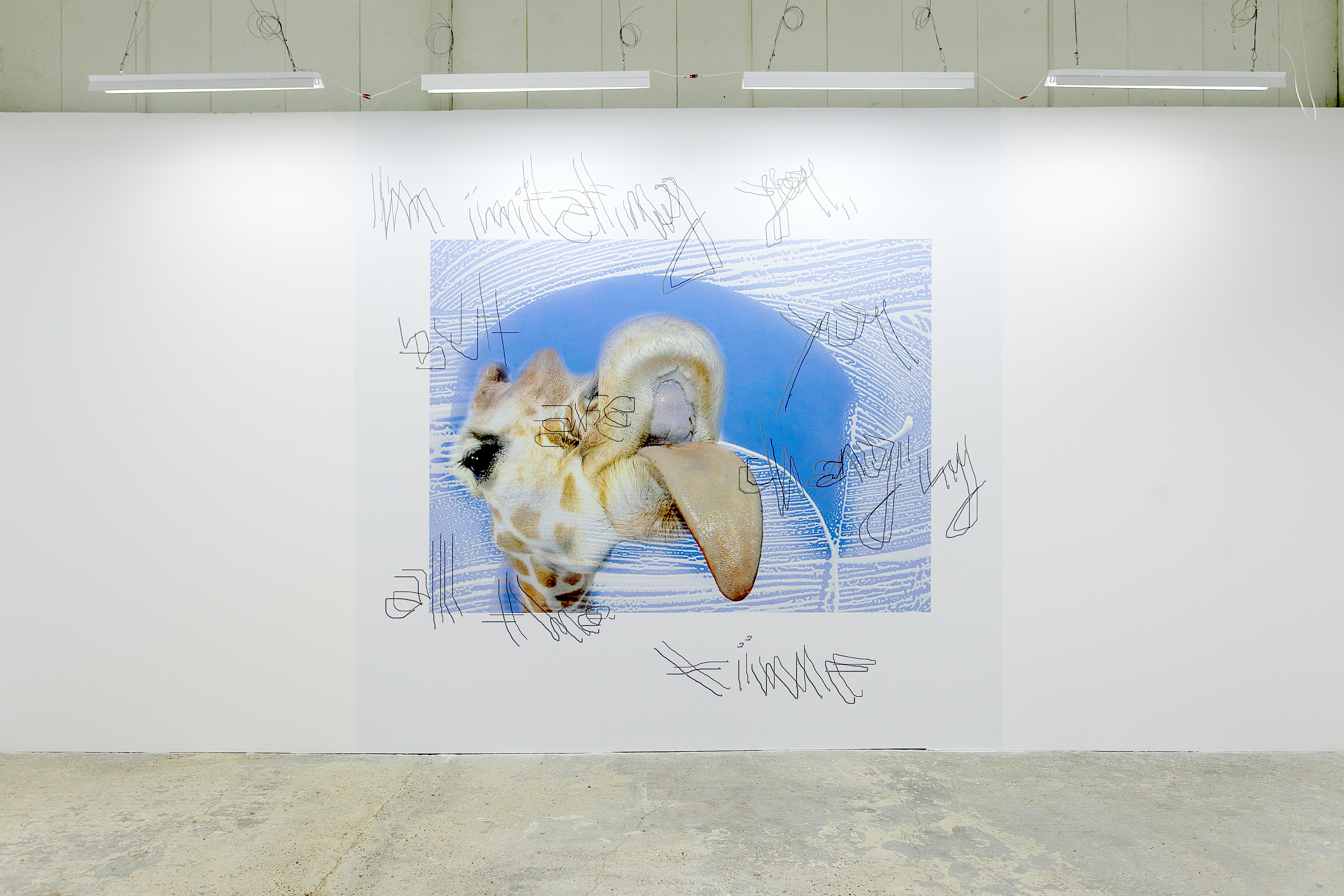
Prey
by Natalija Paunić
We are living in extreme conditions, yet when confronted with wilderness, we get shy and afraid. One idea behind this show was to examine the vulnerability in predators: it’s lonely at the top. It’s also hard to maintain that position. It’s filled with anxiety, caution, weighed down by responsibility.
But on the other hand, this show is about underdogs. The word “dog” here helps explore further our relations through the rules of the jungle. Against so many doubts, the imposed guilt and the self-awareness we have today, we are inclined to find those who are just a little bit more responsible than others. Guilt over ruining the planet is supposed to be evenly distributed, one would think; however, as with anything we share as a species, there is some imbalance to the proportion. Here is one of the questions we could be asking as well, when it comes to pollution, when it comes to conquering space, when it comes to climate change prevention measures. Who has the time or the capacity to think about the quality of air, when they don’t have enough food to eat? Although, when there’s no air left, hunger will be secondary.
This is not to say any fingers should be pointed. But these conditions – the extreme conditions I mentioned in the beginning – lead us along a toxic path of fault-finding. Who’s to blame, who’s the predator, who’s the victim; it’s always easier to find a specific cause. Without the intention to identify the villain, this show invites artists from underrepresented, disturbed and transitioning regions to share their own reflection on the precarity of our world, where both predators and their prey are facing the same trouble.
Ultimately, the contemporary predator-prey relation is best described by a sentence from Haliti’s work: I’m imitating you, but you’re changing all the time. Keeping up with the challenges that our time gives us often feels like a race, in which it’s not other species, not even other humans, that we’re competing with. It’s what we’ve created that dictates our trends. Just like it’s portrayed in Tkačenko’s final piece for the show, with a skull involuntarily jumping to the beat of a song: there is a certain natural pressure to dance until you drop. The grind never stops.
Natalija Paunić

